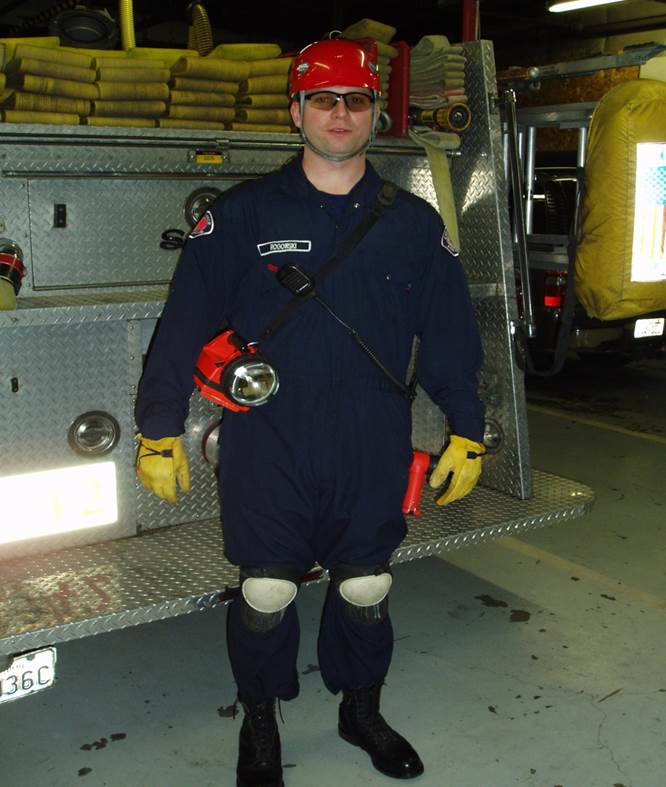What Personal Protective Equipment (PPE) is appropriate for a damage assessment?
Below is a partial list of protective measures that each responder should have access to in order to reduce their hazard exposure and to lower their overall risk.

[one_half_first]
- Respiratory Protection (N95 dust mask will not filter out toxins or oxygen deficient environments)
- Eye Protection
- Hard Hat
- Hearing Protection
- Proactive Light Source
- Hand protection (fluid barrier, abrasion barrier, etc.)
[/one_half_first][one_half_last]
- Communication device
- Hot Stick (detects electrical current)
- Personal Flotation Device (PFD)
- Air Meter (detects air quality)
- Other?
- ________________
- ________________
- ________________
- ________________
[/one_half_last]
Power Tip
It is important to remember that just having the PPE is not the same as using it appropriately.
A hard hat in your backpack when a piece of debris falls on your head offers the same protection as not having a hard hat at all!

